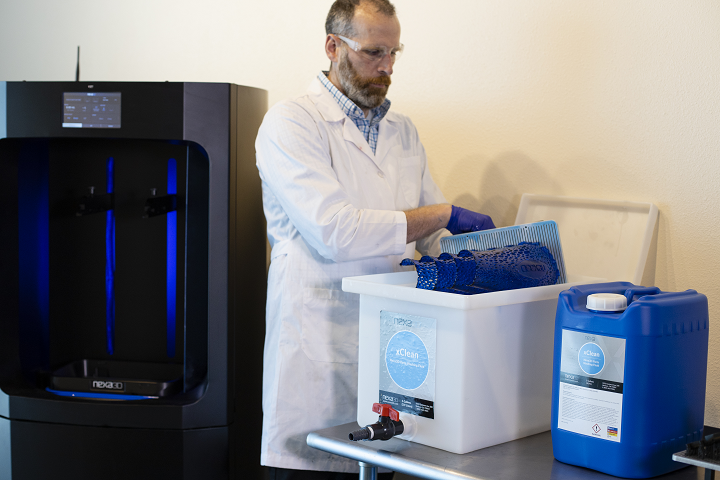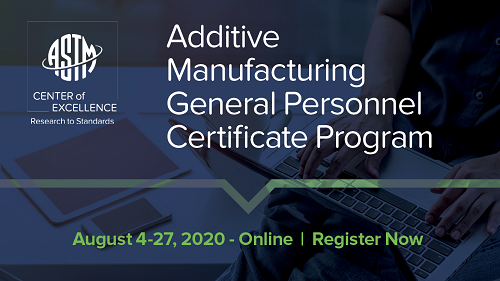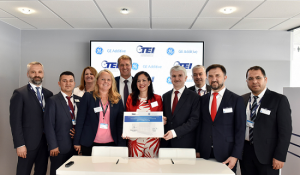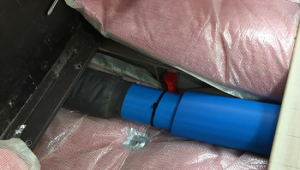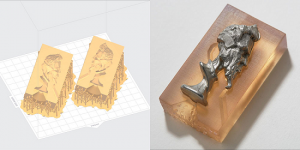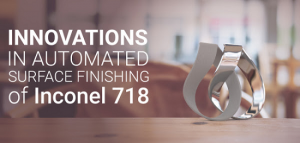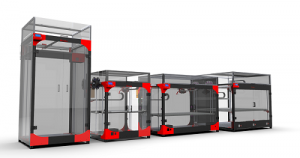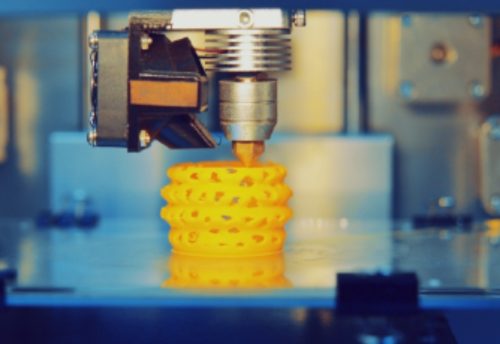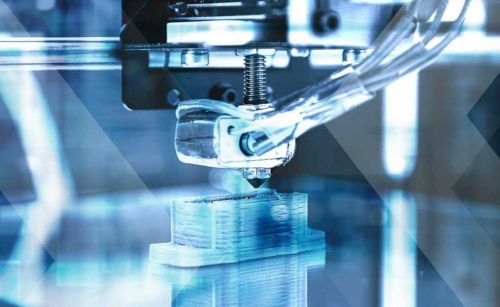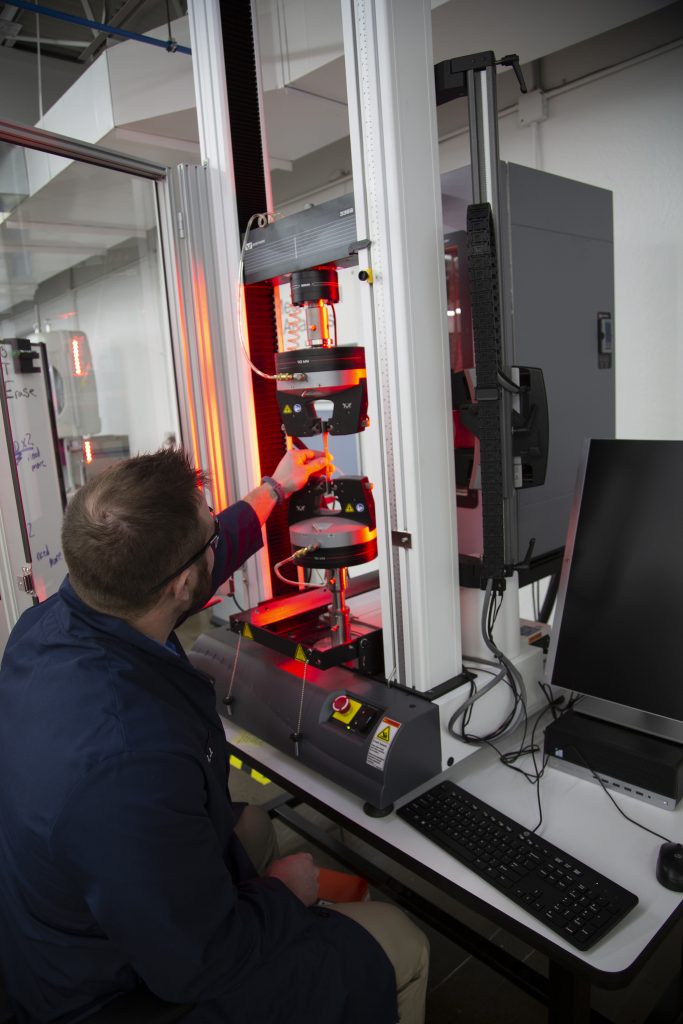We’ve only got four online events to tell you about this week—a summit and a few webinars, one of which is on-demand. Read on to learn more!
AM Industry Virtual Summit
From 8 am until 6:30 pm EST this Tuesday and Wednesday, August 11th and 12th, the AM Industry Summit, powered by ASME, will welcome 3D printing professionals working in the aerospace and defense and medical device manufacturing fields. The summit is free to attend, and there will be 50 sessions on the medical device track, with 58 on the aerospace and defense side, and more than 30 total speakers. The summit will also include brief product demonstrations called Demo Jams by 3D printing solution providers like 3D Systems, Arburg, and Protolabs, in addition to the InnoZone where various vase studies will be presented, a scavenger hunt, Lunch & Learn activities, and time for virtual networking in multiple Chat Rooms.
“The event will focus on their shared challenges and unique opportunities in Additive Manufacturing. Find answers in materials, processes, equipment, regulatory issues, quality, repeatability and more. AM Industry Summit bridges the gap.”
Register for the AM Industry Summit here.
Nexa3D’s New xCLEAN Eco-Friendly Solvent
Nexa3D recently announced the commercial availability of xCLEAN, its new eco-friendly cleaning solvent for 3D printed parts. Now this Thursday, August 13th, at 1:30 pm EST, the company will host a 3D printing leadership forum online to explain how the material, which is said to have three times the saturation limit of isopropyl alcohol with less waste, can be used to enhance series additive manufacturing. During the webinar, attendees will learn how the cleaner was developed, along with some of its best qualities, such as eliminating greasy residue and the ability to work with most resin cleaning systems currently on the market.
“When necessity breeds invention, we find ourselves discovering game-changing products and services. When PPE production increased due to Covid-19, additive manufacturing stepped up to help meet demand but the need for isopropyl alcohol (IPA) couldn’t be met, threatening to bring Nexa3D’s operations to a halt. With no suitable alternatives on the market and the determination to continue production, the company developed xCLEAN – an eco-friendly, effective cleaning solvent for all resin-based 3D printers.”
There will also be a live Q&A session at the end. You can register for the webinar here.
On-Demand Webinar: EOS M 290 System
Even with the added benefits, it can be risky for companies working on qualified serial production to adopt a new technology, such as additive manufacturing. That’s because qualification is of the utmost importance for regulated industries, such as aerospace, automotive, and medical, that require large amounts of high-value, high-quality parts made with consistent repeatability. EOS has published an on-demand webinar, which includes a section on FAQs, titled “Repeatability & Reliability of EOS Ti64 ELI on the EOS M 290,” on the topic of its EOS M 290 3D printing system, and the 6-Sigma repeatability it offers, which makes the printer a good fit for machine shops fabricating parts in serial production.
“While Factory Acceptance Tests (FAT) and Installation Qualifications (IQ) for machines are standard practice at EOS, our latest machine capability study provides further qualification support for a machine that has quickly become a benchmark for metal AM, the EOS M 290. Featuring hundreds of thousands of data points on everything from part roughness and density, to machine sensors and set-up, this new study offers a comprehensive intel package to shorten your Operational Qualification (OQ) process and get you ready for serial production.”
You can register to view the webinar here.
ASTM’s AM General Personnel Certificate Program
The ASTM International Additive Manufacturing Center of Excellence (AM CoE) recently began offering its AM General Personnel Certificate course, which continues through August 27th. The online course, taught by 17 industry experts, is made up of eight modules—two modules per week for four weeks—covering all the general concepts of the AM process chain, such as terminology and process overview, design and simulation, post-processing, safety issues, qualification and certification, and more.
“This course will equip attendees with core technical knowledge related to common AM practices and will allow them to earn a General AM Certificate that will serve as the foundation and pre-requisite for earning future specialized role-based AM certificates through the ASTM AM CoE. Attendees will complete a multiple-choice exam upon course completion.”
It will cost ASTM members $1,199 to purchase this online course, while the cost is $1,300 for non-members. You can learn more about this online learning opportunity by looking at the Course Flyer or the Information Pamphlet. Register for the class here.
Will you attend any of these events and webinars, or have news to share about future ones? Let us know!
The post 3D Printing Webinar and Virtual Event Roundup, August 9, 2020 appeared first on 3DPrint.com | The Voice of 3D Printing / Additive Manufacturing.


